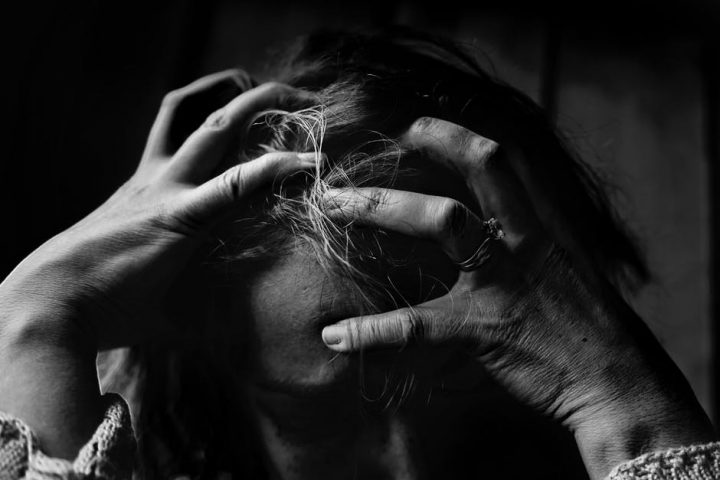

And amplified dialogue about a problem that now claims more lives each year than car crashes has, in turn, spurred corrective policies and practices to address opioid abuse – which has been sorely needed. Yet, when one struggles to find mainstream news coverage or industry discussion of virtually anything else, we are missing important opportunities to highlight other highly addictive substances that are not only problematic when taken alone, but that are increasingly being used in combination with other substances (including opiates) to produce deadly results. A troubling case in point: Benzodiazepines.
Once seen as an almost miracle class of drugs used to relieve sleeplessness, agitation, and anxiety, benzodiazepines – or “benzos” as they’ve come to be widely known – have been in use since the 1950s. The drugs, which work by slowing brain activity, have a prompt calming effect that was immediately and immensely popular. In the 1960s and ’70s, Valium became one of the most successful prescription drugs ever – the first to top $100 million in sales.
The success of Valium (famously dubbed “mother’s little helper” due to its heavy marketing to the female demographic) was followed by record-setting sales of Ativan, which was introduced in 1977, and Xanax in 1982. Xanax, in particular, was very popular among patients and widely-prescribed due to its fast-acting effects. That same property, incidentally, would later make it highly addictive and a prime candidate for abuse. Drug companies had a game-changer on their hands, and they knew it. Except for a slight decline in sales during the 1980s and 1990s as Selective Serotonin Reuptake Inhibitors (SSRIs) saw increased use as an anti-anxiety remedy, sales of benzos have consistently approached or exceeded $100 million a year.
The early market success of benzodiazepines is no surprise. Users experienced rapid and far-reaching relief from troubling symptoms that disturbed their quality of life. But what initially seemed a perfect antidote to anxiety had cracks that began to emerge as early as the late 70s.
Part 2 to come…